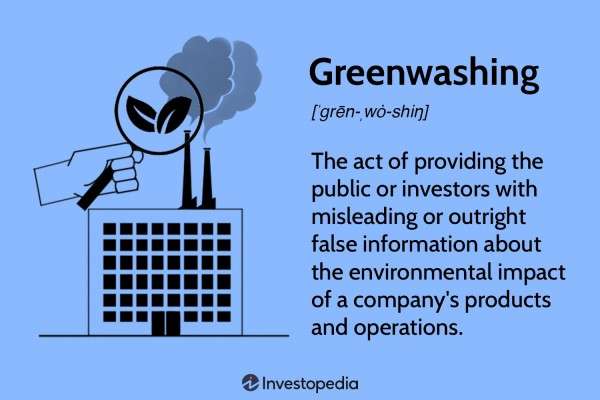What Is Greenwashing?
Greenwashing is the practice of using misleading environmental claims to create a false impression of sustainability. It’s essentially a form of corporate green marketing deception. While companies may promote themselves as eco-conscious, the reality behind their operations often tells a different story.
Key signs of greenwashing include:
- Vague language like “eco-friendly” or “green” with no data to support the claims
- Highlighting one green initiative while ignoring larger environmental impacts
- Overstating sustainability achievements
Greenwashing in the Aviation Industry: A Real-World Example
The aviation sector is under growing pressure to reduce carbon emissions. In response, many airlines have adopted green marketing strategies. But some of these strategies fall into the greenwashing category.
Case Example: “Carbon-Neutral Flights”
Several airlines advertise “carbon-neutral” flights by promoting carbon offset programs. While this sounds promising, here’s the catch:
- Carbon offsetting involves investing in environmental projects (like tree planting) to balance out emissions.
- However, many experts argue that offsets don’t actually reduce emissions at the source — they simply delay the impact or shift the responsibility elsewhere.
- Some airlines continue expanding their fleets and increasing flight routes — a contradiction to their supposed environmental goals.
Bottom Line: Labeling flights as “carbon-neutral” while making little to no change in actual fuel use or emissions can be considered greenwashing.
Greenwashing and the Law: What Companies Need to Know
Greenwashing isn’t just misleading—it can also lead to legal consequences. Regulatory bodies like the FTC in the U.S. and consumer protection authorities in the EU have begun cracking down on false or exaggerated environmental claims. Companies found guilty of greenwashing may face fines, legal action, or be forced to remove deceptive advertising. In the aviation industry, for example, some airlines may come under investigation for promoting “carbon-neutral” flights without sufficient evidence, highlighting the growing legal risks of green marketing without transparency.

How to Spot Greenwashing
Want to avoid being misled by greenwashed marketing? Watch out for these red flags:
- Lack of Evidence – Are there third-party certifications or concrete data?
- Too Good to Be True Claims – Like “zero-emission air travel” with no proven tech.
- Green Imagery Overload – Excessive use of leaves, nature, or the color green can be a distraction.
- No Transparency – Companies that are truly sustainable are usually open about their practices and data.
How Companies Can Avoid Greenwashing
For businesses in aviation or other industries aiming to build genuine green reputations, transparency is key:
- Share detailed sustainability reports
- Invest in fuel-efficient technologies or SAF (Sustainable Aviation Fuel)
- Partner with independent environmental organizations
- Avoid exaggerated or unverified eco-claims
Recommended Article: Skywise: How Airbus Is Transforming Aviation Through Big Data
Conclusion
Greenwashing is more than a marketing issue — it’s a threat to real progress in sustainability. In industries like aviation, where carbon emissions are a major concern, the difference between true sustainability and greenwashing matters more than ever.
As consumers and professionals, staying informed helps us hold companies accountable and support genuine environmental change.


